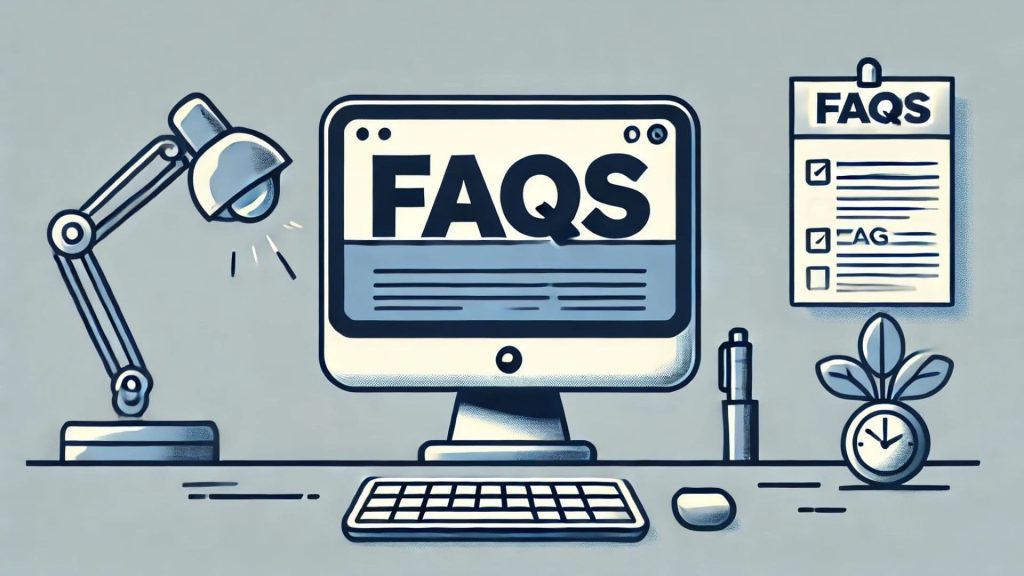
The question “What does it mean to claim exemption from withholding?” signifies that you’re informing your employer that you do not want federal income tax deducted from your paycheck. This option, however, is not universally available. Typically, it’s utilized by individuals who had no federal income tax liability in the previous year and do not anticipate owing taxes in the current year. This might include students working part-time jobs, individuals with very low taxable income, or those whose income is largely derived from non-taxable sources like certain scholarships or grants. However, while opting for exemption might seem appealing due to the immediate increase in your take-home pay, it’s crucial to proceed with caution and fully comprehend the eligibility criteria and potential ramifications. An erroneous claim of exemption could result in penalties or an unexpected tax bill down the line. Understanding the nuances of when and how to file for exemption is an integral part of managing your finances responsibly and ensuring compliance with Internal Revenue Service (IRS) guidelines.
Who Qualifies for Exemption?
To qualify for exemption from withholding, you must satisfy two primary conditions set forth by the IRS:
- No Tax Liability in the Previous Year: You must have had no federal income tax liability in the previous tax year.
- No Expected Tax Liability in the Current Year: You anticipate having no federal income tax liability in the current tax year.
These stipulations are in place to guarantee that only individuals who genuinely do not require tax withholding can claim exempt status.
Impact on Paycheck and Tax Obligations
Claiming exemption from withholding leads to an increase in your take-home pay because no federal income tax is being deducted from your wages. However, it’s important to recognize that if your financial circumstances change during the year—for example, if you secure a higher-paying job or acquire additional taxable income—you will need to update your Form W-4 accordingly to avoid potential penalties. Failure to do so could result in owing taxes at the end of the year.

How to Claim Exemption From Withholding?
To claim exemption from withholding, you must complete Form W-4, Employee’s Withholding Certificate and clearly indicate your exempt status. This form should be submitted to your employer, who will then adjust your withholding as per your instructions. It’s worth noting that this exemption is valid for only one calendar year. To maintain your exempt status in subsequent years, you’ll need to file a new Form W-4 each year by February 15th.
Risks and Consequences of Incorrectly Claiming Exemption
Claiming exemption when you don’t meet the IRS requirements can lead to several undesirable consequences:
- Penalties and Fines: Providing inaccurate information on your Form W-4 could result in penalties.
- Unexpected Tax Bill: If you claim exemption but end up owing taxes at the end of the year, you’ll be responsible for paying the full amount.
- Legal Issues: In some cases, providing false information on your Form W-4 can even have legal repercussions.
When to Check Your Withholding
It’s generally recommended to review your withholding status annually, especially when significant life events occur or if you made mid-year adjustments to your withholding. Some situations that warrant a review of your withholding include:
- Starting a new job or taking on additional paid work
- Experiencing a major change in income
- Getting married
- Having a child or adopting a child
- Buying a home
- Changing your withholding mid-year
Who Should Avoid Claiming Exemption?
Even if you believe you meet the eligibility requirements, claiming exemption from withholding may not be the most advantageous option for everyone. You might want to reconsider claiming exemption if:
- You have multiple jobs
- You receive freelance income
- You have investments that generate taxable income
- You prefer to have taxes withheld to avoid a potentially large tax bill during tax season
In such scenarios, it might be more prudent to allow regular withholding and adjust your Form W-4 if needed.
Claiming exemption from federal income tax withholding offers a potential benefit to those who meet specific IRS criteria and expect to have no tax liability for the year. While it can boost your take-home pay in the short term, it’s crucial to carefully weigh the long-term implications and potential risks. A thorough understanding of your financial situation and, if necessary, seeking guidance from a tax professional can empower you to manage your tax obligations effectively and avoid unforeseen complications.

FAQs
What is Form W-4?
Form W-4 is an IRS form that employees complete to instruct their employers on how much federal income tax to withhold from their paychecks.
How often do I need to file a new Form W-4?
While you can adjust your Form W-4 at any time, you need to file a new one each year by February 15th if you wish to maintain your exempt status.
Where can I find more detailed information about tax withholding?
You can refer to IRS Publication 505, “Tax Withholding and Estimated Tax,” for comprehensive information on this topic.